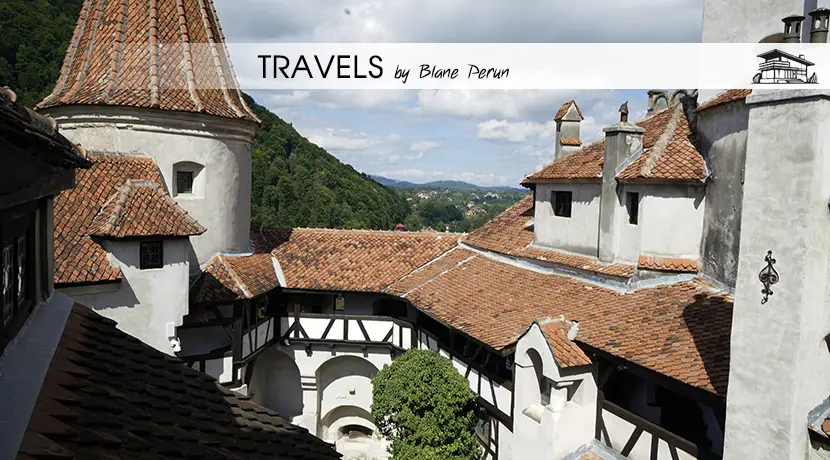Transylvania Architecture & Interior Design
Exploring the Mystique: Transylvania Architecture & Design
Transylvania, a region shrouded in mystery and folklore, is also a treasure trove of unique architectural styles and design elements that tell the story of its diverse history. From Gothic castles that seem to emerge straight out of a Bram Stoker novel to the quaint Saxon villages that dot its countryside, Transylvania’s architectural landscape is as varied as its cultural heritage. In this exploration of Transylvania Architecture & Design, we’ll delve into the heart of this Romanian region, uncovering the influences, styles, and innovations that make it a fascinating subject for enthusiasts and casual observers alike.

Historical Foundations and Influences
The Gothic Majesty of Transylvanian Castles
Transylvania’s castles are the epitome of Gothic architecture, characterized by pointed arches, ribbed vaults, and flying buttresses. These structures often feature intricate stone carvings and expansive courtyards, reflecting the region’s medieval heritage. The Bran Castle, often associated with the Dracula legend, showcases typical Gothic elements such as tall, narrow windows and high, peaked roofs, creating an imposing yet captivating silhouette against the Carpathian landscape.
Saxon Villages: A Glimpse into the Medieval Era
The Saxon villages of Transylvania, with their fortified churches and rural homesteads, provide a window into the lives of German settlers in the Middle Ages. These villages, characterized by their orderly layout and robust community structures, reflect the Romanesque architecture with rounded arches and barrel vaults. The preservation of these villages speaks to the region’s commitment to maintaining its architectural history while providing insights into the design principles of medieval Transylvanian society.
Modern Adaptations and Innovations
Contemporary Transylvanian Urban Design
In the heart of Transylvania, modern architects are weaving the rich tapestry of the past with contemporary design principles to create urban spaces that are both functional and reflective of the region’s heritage. Cluj-Napoca, Transylvania’s largest city, exemplifies this blend, where cutting-edge buildings incorporate traditional motifs and materials, bridging centuries of architectural evolution.
Eco-Friendly Design in Transylvanian Architecture
Sustainability has become a key focus in Transylvania Architecture & Design, with architects and builders employing eco-friendly materials and practices to minimize environmental impact. Green roofs, energy-efficient designs, and the use of local resources are increasingly common, showcasing a commitment to preserving the region’s natural beauty while advancing its architectural legacy.
The Artistic Legacy of Transylvanian Interiors
The Rich Tapestry of Transylvanian Textiles in Design
Transylvanian interiors often feature a rich array of textiles, from hand-woven rugs to intricately embroidered fabrics, that add warmth and color to the stark stone and wood of traditional structures. These textiles, steeped in cultural significance, not only serve a practical purpose but also contribute to the aesthetic and historical narrative of Transylvanian design.
The Fusion of Function and Aesthetics in Furniture Design
Furniture in Transylvania melds practicality with artistry, where traditional craftsmanship meets modern aesthetics. Utilizing local woods and time-honored techniques, designers create pieces that are both functional and emblematic of Transylvanian artistic traditions, adding depth and character to the region’s architectural spaces.
Transylvania Architecture & Design is a rich and evolving field, reflecting the region’s complex history, diverse cultural influences, and contemporary environmental considerations. From the Gothic splendor of its castles to the sustainable practices of modern urban developments, Transylvania offers a fascinating study in how architecture and design can bridge the past and the future, the traditional and the innovative. As we continue to explore and appreciate this unique architectural landscape, we contribute to the ongoing narrative of a region that has captivated the imagination of the world.

FAQs on Transylvania Architecture & Design
What are the key characteristics of Transylvanian Gothic architecture?
Transylvanian Gothic architecture is distinguished by its use of pointed arches, ribbed vaults, and flying buttresses. This style often includes tall, narrow windows and high, peaked roofs, which contribute to the dramatic and imposing aesthetic of structures like Bran Castle.
How do the Saxon villages of Transylvania reflect its architectural heritage?
The Saxon villages in Transylvania, with their fortified churches and orderly layout, reflect the Romanesque architectural influence brought by German settlers. These villages showcase rounded arches and barrel vaults, indicative of medieval European design, and offer a glimpse into the historical lifestyle and community organization of the region.
What role does sustainability play in contemporary Transylvanian architecture?
Sustainability is increasingly central to contemporary Transylvanian architecture, with architects focusing on eco-friendly materials and energy-efficient designs. Practices such as using local resources, incorporating green roofs, and designing buildings to minimize environmental impact highlight the region’s commitment to eco-conscious development.
How do textiles contribute to Transylvanian interior design?
Textiles play a significant role in Transylvanian interior design, adding color, warmth, and cultural significance to the interiors. Hand-woven rugs, embroidered fabrics, and other traditional textiles not only serve practical purposes but also enrich the aesthetic and historical narrative of Transylvanian spaces.
What distinguishes Transylvanian furniture design?
Transylvanian furniture design is characterized by the fusion of traditional craftsmanship and modern aesthetics. Using local woods and incorporating time-honored techniques, designers create pieces that are both functional and reflective of the region’s artistic heritage, contributing to the unique character of Transylvanian interiors.





